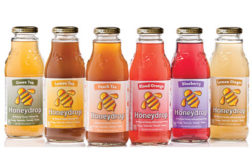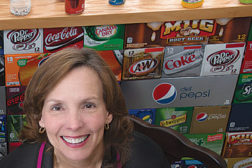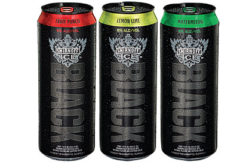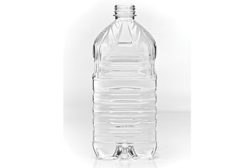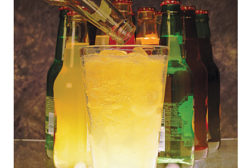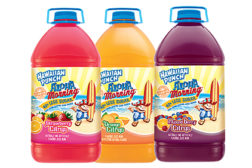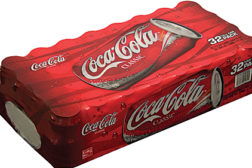Articles by Jessica Jacobsen
Sweetness, natural image help honey find favor with consumers
Read More
American Beverage Association takes proactive approach
ABA’s collaborative efforts address obesity crisis
July 10, 2013
FMBs and RTD cocktails offer convenience for at-home enjoyment
Flavors, portability benefit FMBs, RTD cocktails
July 10, 2013
Plastic packages influenced by lightweighting, bio-based materials
Consumers desire for convenience and health and wellness objectives driving innovations
June 14, 2013
Hydrocolloids help simplify beverage complexities
Hydrocolloids add stability to complex beverage formulations
June 14, 2013
Sweetener blending helps reduce calories, enhance taste
Consumers more concerned with amount of sweeteners than type
June 14, 2013
Discount retailers increase their market share
Store openings, growing acceptance contribute to channel success.
May 15, 2013
Plastic secondary packaging affected by material reduction and printed inks
Packaging material offers sustainable solutions.
May 15, 2013
Elevate your expertise in the beverage marketplace with unparalleled insights and connections.
Join thousands of beverage professionals today. Shouldn’t you know what they know?
JOIN NOW!Copyright ©2024. All Rights Reserved BNP Media.
Design, CMS, Hosting & Web Development :: ePublishing
